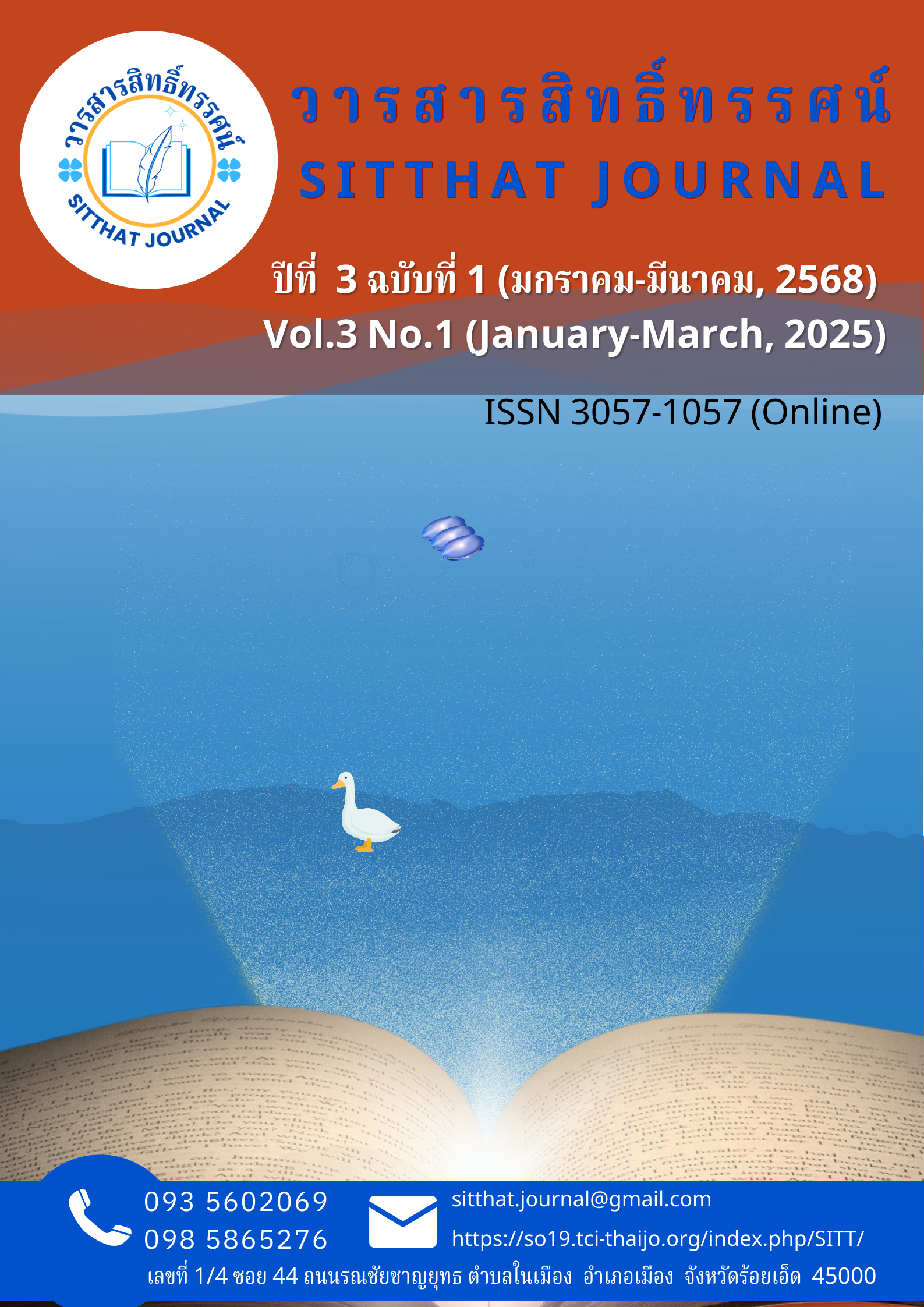PUBLIC ADMINISTRATION IN THE AI ERA
Main Article Content
Abstract
The administration of the civil service in the AI era is an interesting and challenging topic because Artificial Intelligence (AI) technology has played an important role in developing the management system in many sectors, including the government civil service system. The use of AI in management helps increase work efficiency and reduces complex workloads. However, the administration of the civil service in the AI era also has precautions in terms of ethics, morality, and personal information of others that will be disclosed, which will result in damages. Even though the AI system is modern, it should be careful in such matters in order to make decisions More accurately and quickly.
Article Details

This work is licensed under a Creative Commons Attribution-NonCommercial-NoDerivatives 4.0 International License.
บทความนี้
References
กรมการปกครอง. (2562). รายงานการปรับปรุงประสิทธิภาพการบริหารจัดการภาครัฐในยุคดิจิทัล.
กรุงเทพฯ : สำนักงานพัฒนาระบบราชการ.
ชัยวัฒน์, ทองสุข. (2563). การใช้ปัญญาประดิษฐ์ในระบบราชการ: ผลกระทบและโอกาส. วารสารรัฐ
ประศาสนศาสตร์, 17(2), 45-62.
ณัฐพงษ์วารีประเสริฐ และ ณรงค์ ล่าดี. (2552). ปัญญาประดิษฐ์ (Artificial Intelligence). กรุงเทพฯ: เคที
พีคอมพ์แอนด์คอนซัลท์.
สำนักงานคณะกรรมการพัฒนาระบบราชการ. (2561). การประยุกต์ใช้เทคโนโลยีปัญญาประดิษฐ์ใน
หน่วยงานราชการ. กรุงเทพฯ: สำนักงานคณะกรรมการพัฒนาระบบราชการ.
Choi, S., & Lee, K. (2020). Artificial intelligence in public administration: Opportunities and
challenges. Public Administration Review, 80(3), 509 - 522.
https://doi.org/10.1111/puar.13145
Deloitte. (2018). AI-augmented government: Using cognitive technologies to redesign public
sector work. Deloitte Insights. Retrieved fro
https://www2.deloitte.com/us/en/insights/industry/public-sector/ai-
government.html
Kankanhalli, A., Charalabidis, Y., & Mellouli, S. (2019). Artificial intelligence and the public
sector: Opportunities and challenges for public governance. Government
Information Quarterly, 36(2), 329-335. https://doi.org/10.1016/j.giq.2019.01.003

